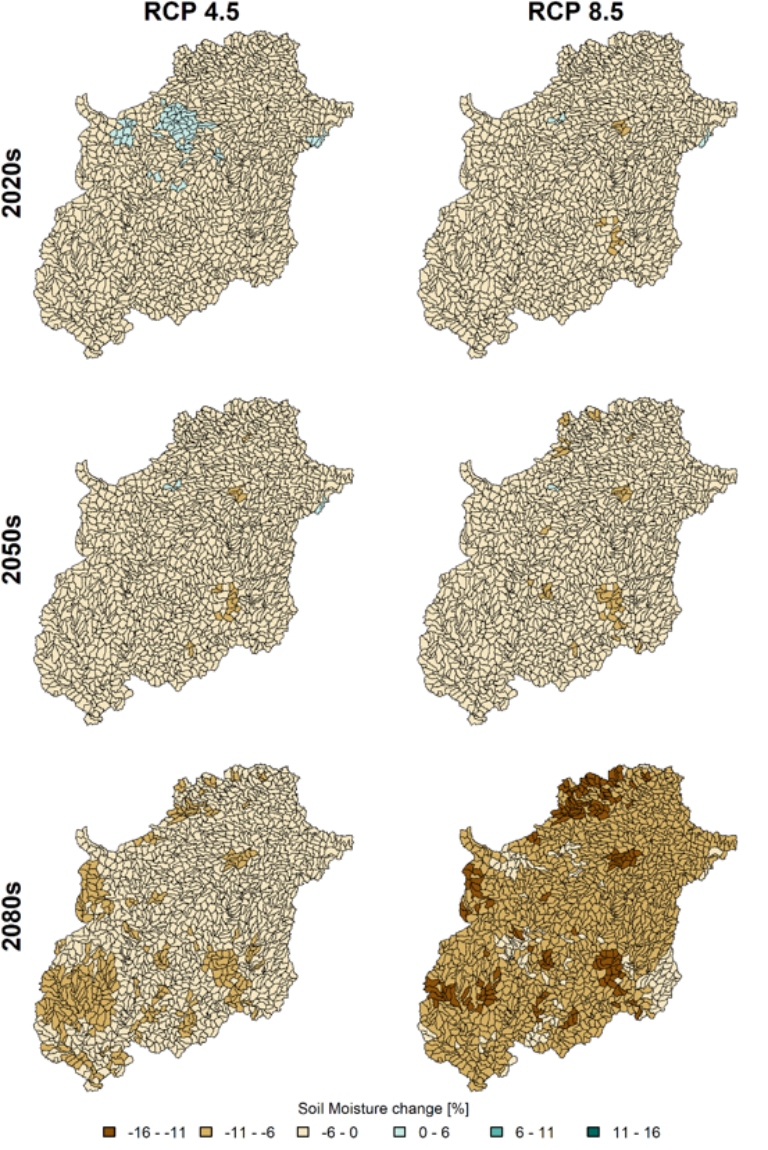The Problem
Indiana climate scientists have projected the state is likely to experience more hot days, wetter springs and winters, drier summers, and more extreme rain events because of climate change. However, how these changes will impact Indiana’s water supply is not well understood. With a substantial part of Indiana’s economy dependent on water, predicting future water availability for Hoosier farms, businesses, and communities is vital.




